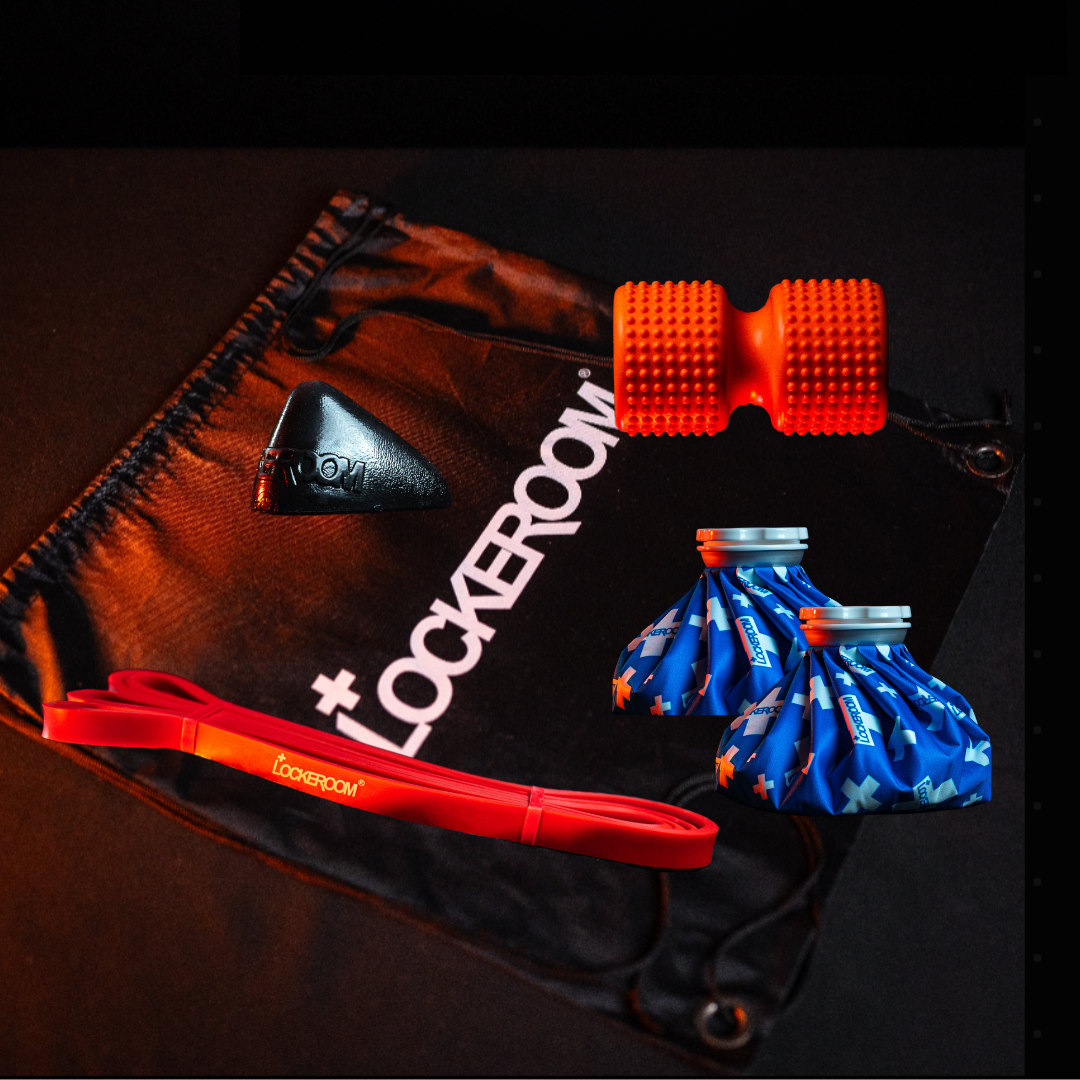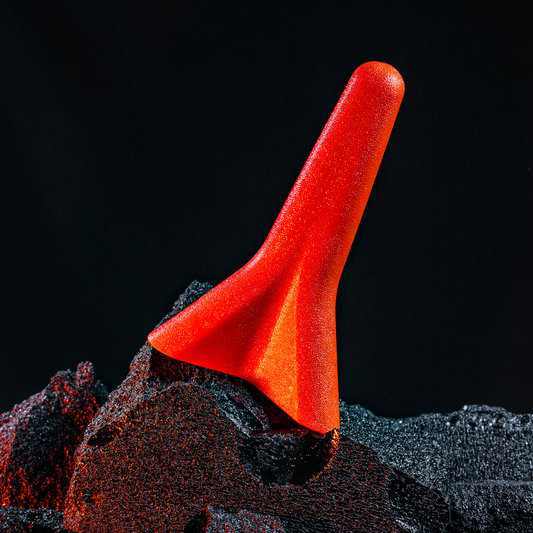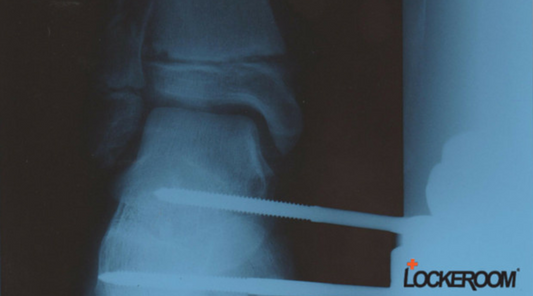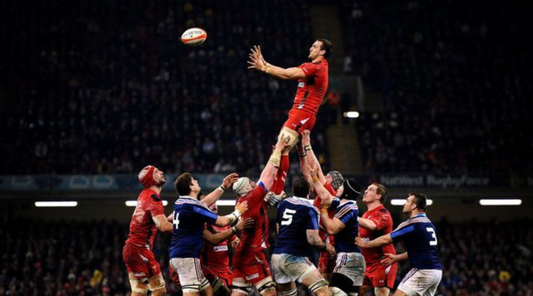
Q&A with Cam
Learn what might be behind your symptoms
What kind of anterior shoulder injuries do you see in your Clinic?
Common non-traumatic injuries are to the tendons (Tendonitis) and thickening in Bursae which may present as shoulder impingements. These are often seen in swimmers or people participating in throwing sports.
They are also seen in workplaces where repetitive lifting overhead is common, or in the elderly with some tendon overuse or degeneration.
Traumatic Injuries mostly involve shoulder ligaments and capsule, and occasionally involve the labrum (cartilage in the shoulder) and muscles or rotator cuff. These can be minor or involve subluxation or dislocations. This can occur tackling in football or falling onto an outstretched arm.
Falling onto the point of the shoulder can result in Acromio-Clavicular joint Sprain.
All the mentioned injuries can be minor, however also can be quite significant, sometimes requiring investigation and intervention, even surgery.
Most injuries relate to an activity or action i.e. sport or lifting. Careful analysis of the type of activity being performed and the immediate effect of the injury offers great insight into the diagnosis possibilities and how the injury should be managed.
Is there anything I can do to manage shoulder tendonitis / Impingement symptoms?
The best course of action when experiencing tendonitis or impingement pain involves working to correct shoulder mechanics ( after pain is reducing)
Do this by focusing on improving upper back (thoracic) mobility, upper body strength and scapula control and releasing muscle tightness in both the front and back of the shoulder.
More specifically, you should
- release tension in the anterior Pecs and Posterior Cuff muscles (Infraspinatus, Levator scapulae, and Teres Minor) using a Pocket Physio MAX trigger
- improve thoracic mobility with a Posture Pro roller
- manage any discomfort or pain with ice using an IceMate
- schedule a daily rotator cuff strengthening program focusing on internal and external rotation, using a Powerband.
What kind of traumatic injuries occur in the anterior shoulder?
Trauma injuries in the shoulder anterior often include fractures of the clavicle or greater tuberosity of the humerus, joint dislocation (most commonly anterior dislocation), and subluxation, where the shoulder partially pops out and back in without requiring relocation.
These injuries can cause stretched ligaments in the front of the joint, and potential damage to internal structures like a labrum cartilage tear, resulting in pain and joint instability. They are most likely caused by a tackle or a direct fall onto the shoulder.
The best course of action for these injuries is to immediately immobilize the shoulder in a sling, apply ice with an Ice Mate for pain relief and seek a medical diagnosis ASAP.
You will likely need an MRI or X-ray.
What if I Dislocate or Sublux my shoulder?
Anterior shoulder joint subluxation/dislocation is common in contact sports or where a participant falls onto an outstretched arm.
Subluxations are events where the shoulder joint is traumatized but does not dislocate. You may feel a pop of sudden in-out movement. Relocation is not required.
Dislocations can sometimes reduce spontaneously but most often require manual reduction to return the bones to their correct position. Both types of injuries require careful diagnosis by a skilled practitioner. Management may require surgery for both types of injuries.
Non Surgical Subluxations/Dislocations usually require rehab for 6-12 weeks
Surgical intervention: Usually means a 9-12 month return to sport.
Rehab will follow very specific guidelines and protocols dictated by your surgeon, Physio, EP’s and finally Sports coaches.
If I have a shoulder injury, how long before I can play sport again?
Generally, and with good management, most tendonitis / impingement problems can improve significantly in 4-6 weeks. Interventions such as Anti Inflammatory Medications, including injections can greatly assist in some instances.
Dislocation/Subluxation: It usually takes 12 weeks to regain strength and stability. There is a high risk of repeat injury, which usually means surgery to stabilize.
Fractures: 16-20 weeks depending upon the age of the person and how bad the injury is.
Surgery repair (ligaments or labrum): Generally 9-12 months. Often Less time for professional athletes (20-24 weeks)















